Welcome to...
Big Bass Fishing... Florida
The best bass fishing charters in Central Florida!
Bass Fishing Tips and Guide
Bass fishing is not only a great way to get out and enjoy the great outdoors but a good way to up your game and skill. When you are first getting started, every small accomplishment feels amazing, and you can’t wait to get back out there and keep fishing. As you learn, there is a natural progression that happens with bass fishing. Most people don’t typically step out on a boat and land a giant on the first try!
There are, however, plenty of things that you can do to speed up this progression. Reading this guide is a great first step! From what to use for the best lures to use to where to find the fish, we have you covered.
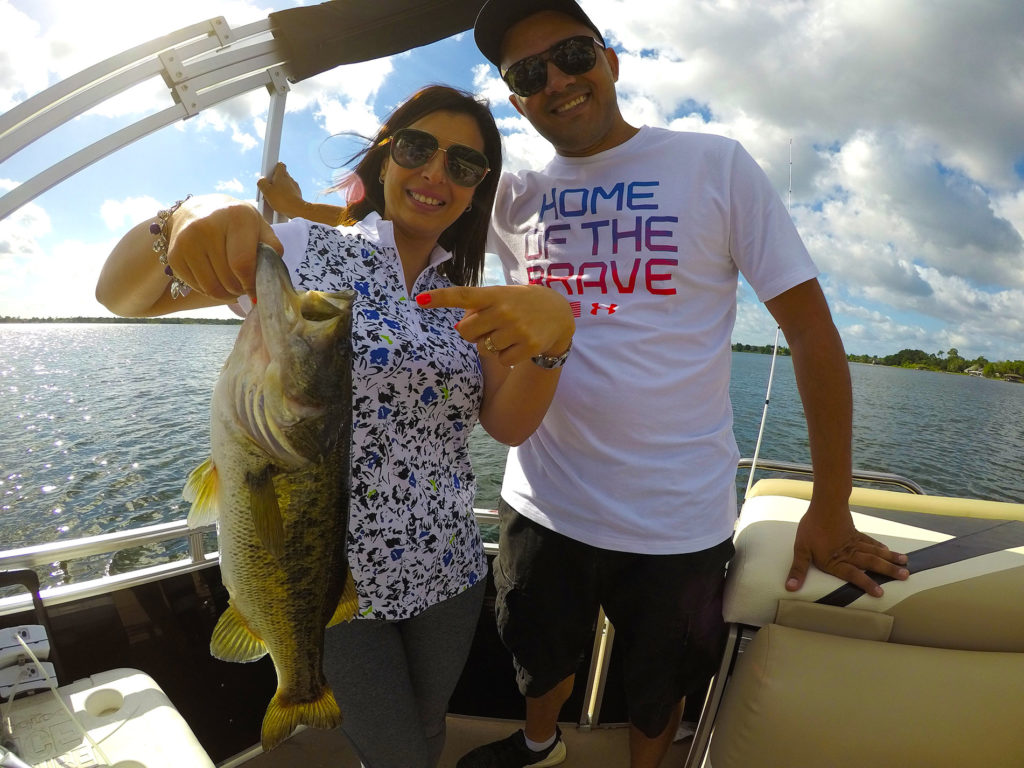
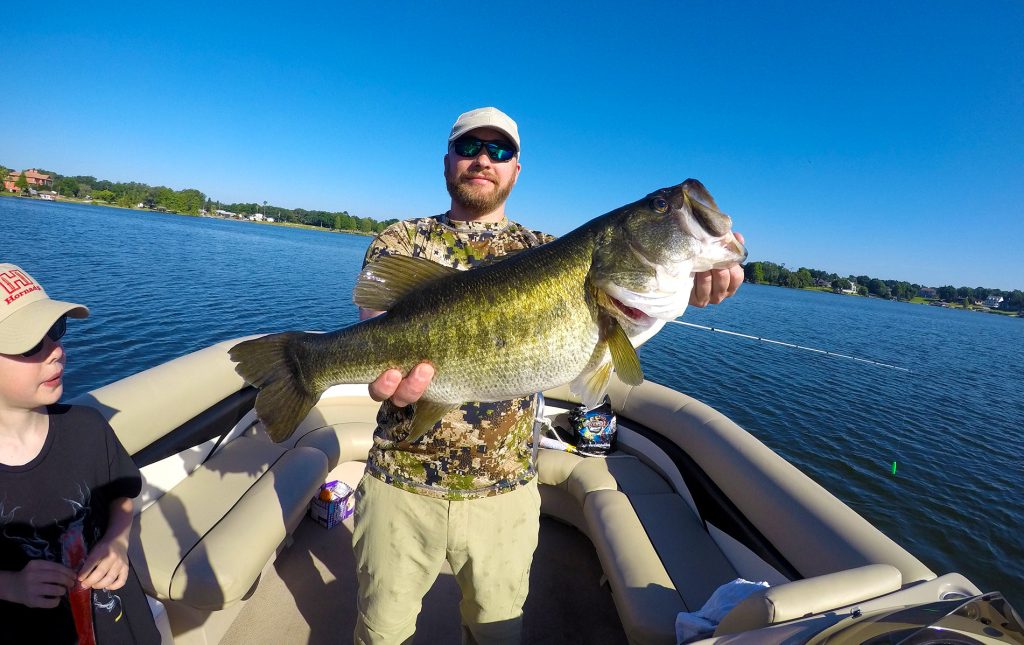
Most veteran anglers will instantly know what lure to use and where to start fishing in the lakes that they frequent, but what about a beginner? If you are just starting out, or if you don’t know where to get started on a new body of water, start out by looking for any type of structure that bass may be hiding in or around. Bass love to hang around cover, and these are great places to start!
For a lure, try out a shallow, and then a deep-diving crankbait. Color is not too important here when getting started, and bass usually doesn’t prefer any one color over another. As long as it isn’t too bright or unnatural colored, you should be perfectly fine. Spinnerbaits are a great option as well, as long it is natural colored as well.
The best thing you can do when starting to fish, whether you are new to bass fishing or just new to the water that you are fishing, is to test different options. Every place is a little different and even though the fish are all somewhat similar, they can prefer different things depending on the location. If you do decide to use a spinnerbait, try using one with gold blades on it. The gold blades reflect light better, prompting more bites.
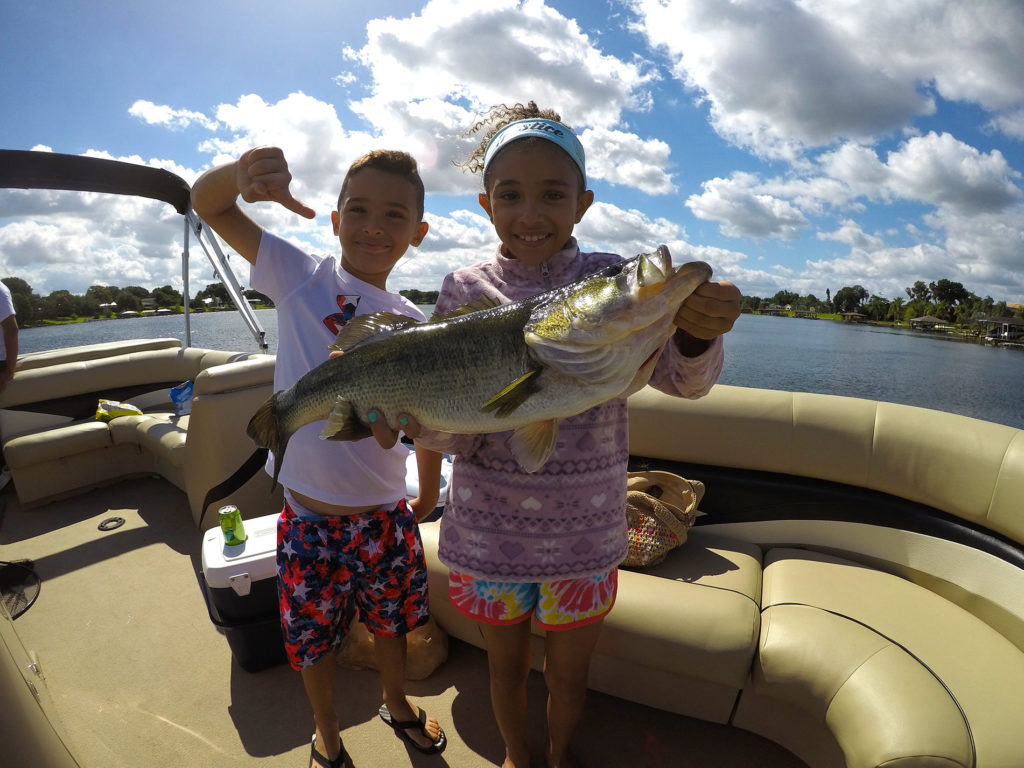
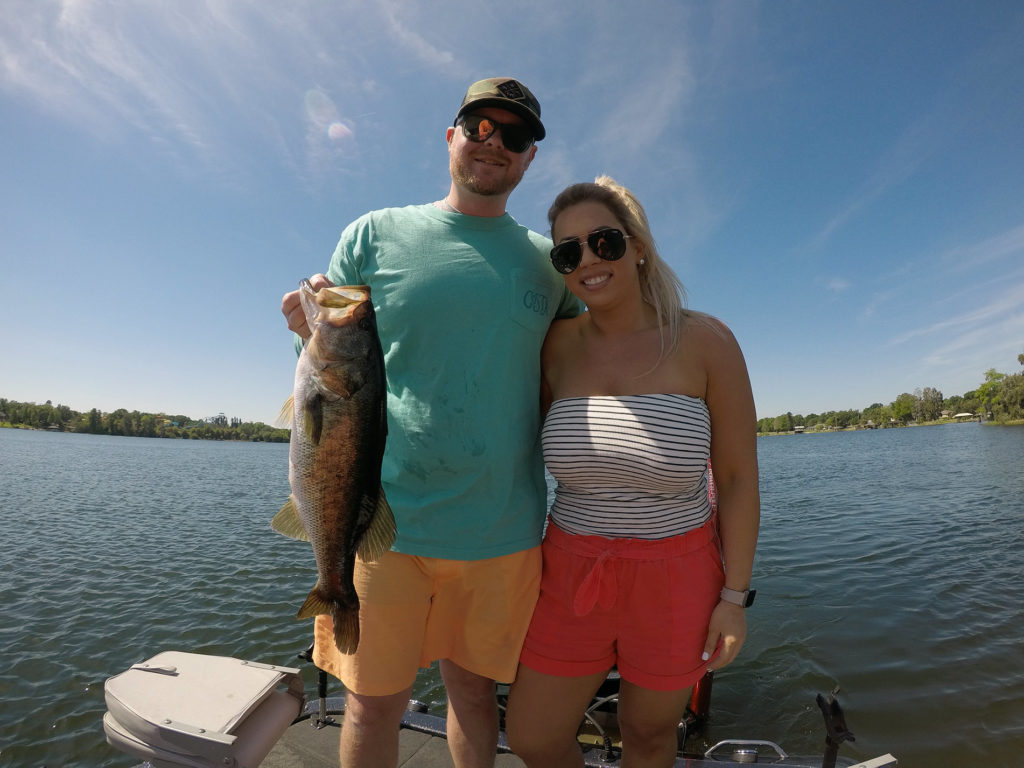
If both a crankbait and a spinnerbait are not producing any good results, try some plastic worms. Plastic worms do not really draw as much attention or prompt the bass to bite as good as the other options, so it may take longer to get a catch while using them. Plastic worms, however, are a great option for beginners as they are very easy to use and to rig up. Worms are a great way to fish a heavily pressured area where the bass are reluctant to bite, as long as you have plenty of patience!
You can also try out some bass jigs, although be careful with the line and the colors that you use. They can also be a little complicated to use, and honestly, you are probably better off sticking with crankbaits and plastic worms, which are the go-to favorites among most bass fishermen.
Live bait is another option, and there are plenty of different live baits that work well with largemouth bass. The one problem with live bait is making sure you properly store and handle your bait. If you use baitfish, you will want to have a well or a bucket to keep them throughout the day. Bass can be caught using small creatures for bait, such as minnows, crawfish, worms, frogs, salamanders, and leeches.
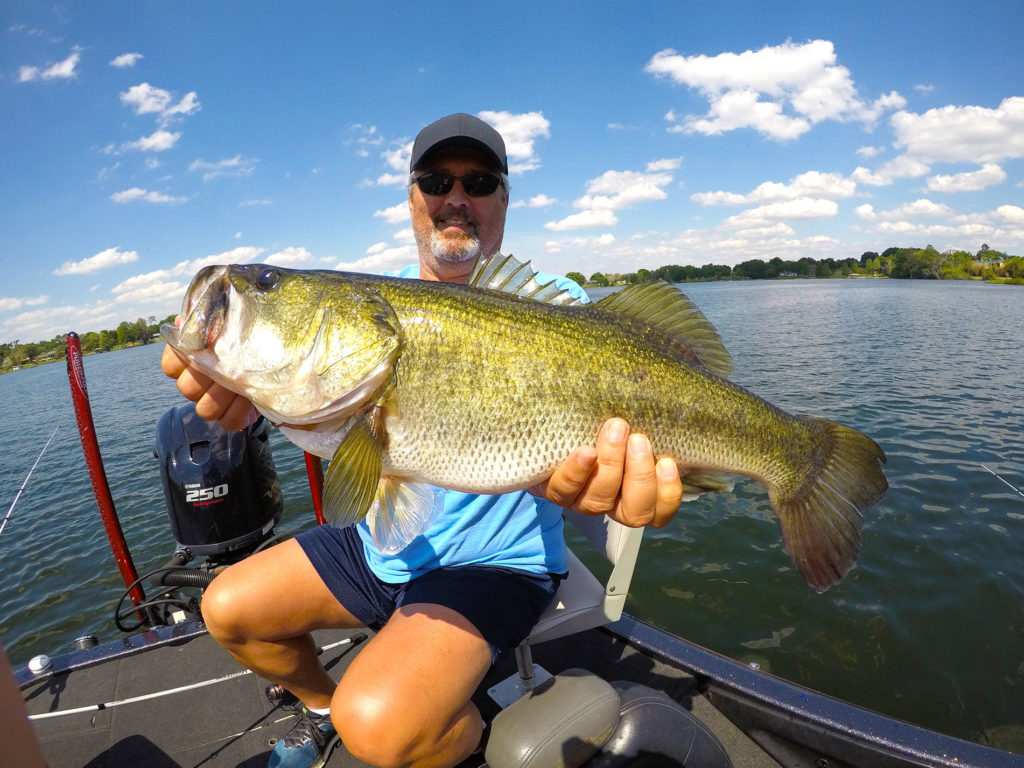
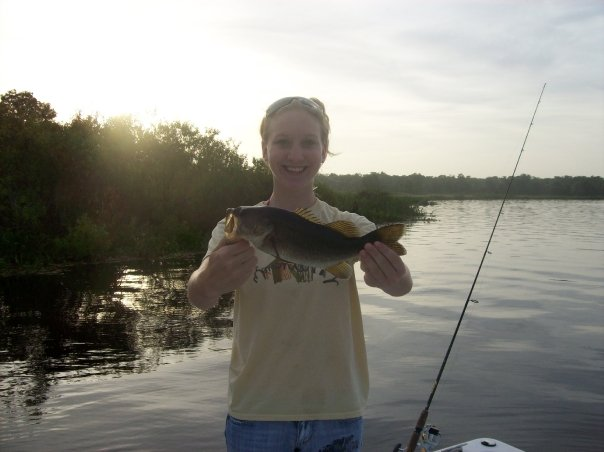
One of the biggest problems that many anglers run across with live bait is that the bass have a tendency to swallow a hook much more often. If you do fish with live bait and want to try to avoid this, pay close attention to the bait so that you can set the hook at the very first sign of a bite, long before the bass scoops it up.
Minnows are very popular baitfish and come in plenty of different varieties. Fishing with minnows can help increase your chances of catching larger bass. One of the favorite live bait for bass, however, is crawfish. Bass love to eat them, so it only makes sense that they would make an excellent choice for bait.
When it comes to all the different baits and lures to catch a bass, try not to overthink it. It can be a little overwhelming to try to pick the right one, but testing out a few options will quickly let you know what the bass in your area are wanting to eat.
Casting is another part of bass fishing that will take a little practice to master, but once you do, you can catch a fish just about anywhere. The usual throwing and retrieving can sometimes get repetitive and boring, so try mixing it up while fishing by playing with the bait or lure in the water or even dragging it behind a boat (if fishing from a boat). Speed up your retrieves or slow them way down in order to change things up and prompt a stubborn bass to finally take a chance on it.
The overall goal as an angler is to make your bait seem as lifelike as possible and trick a fish into striking it. If a bass believes that it is alive and would make a good meal, it will attack it. Moving your bait with some variation will help in achieving this. If you are casting around structures such as logs, stumps, or lily pads, try to get as close to these objects as possible so it makes noise and alerts bass to the presence of your bait. You want to try and draw as much attention of the bass as you can so that they will notice your bait.
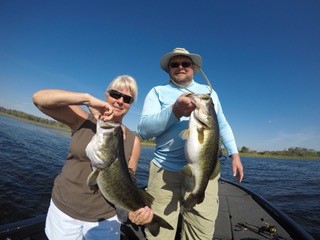
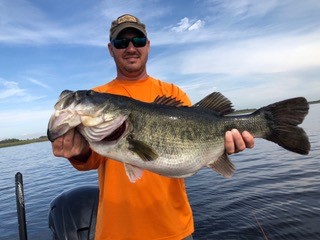
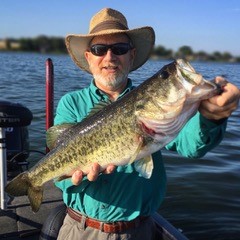
Lastly, a few more tips to help in case the bass are being difficult or not responding well to anything that you are trying. Try keeping all of your old, shredded up plastic worms that you fish with. These can help you out in hard to fish or pressured areas, as bass love to attack what they think is wounded prey.
Another quick tip is to use red hooks with your setups. The red coloring makes the fish think that the lure is injured and bleeding, so it is a great and simple way to trick them into biting. Don’t forget to make plenty of noise as well, as injured prey is usually thrashing around and making plenty of sounds.
While this is in no way a complete and comprehensive list of everything bass fishing, we hope this guide was filled with enough tips and tricks to get you excited to go back out and get on the water. Bass fishing can be extremely addicting, and by using some of these simple tricks you can make it even more so!